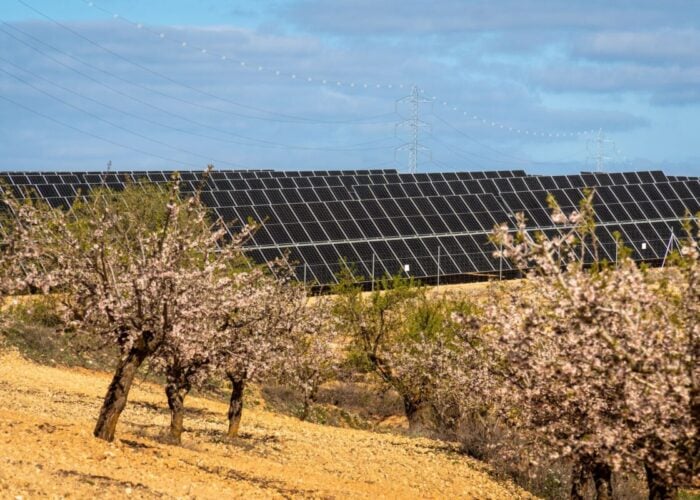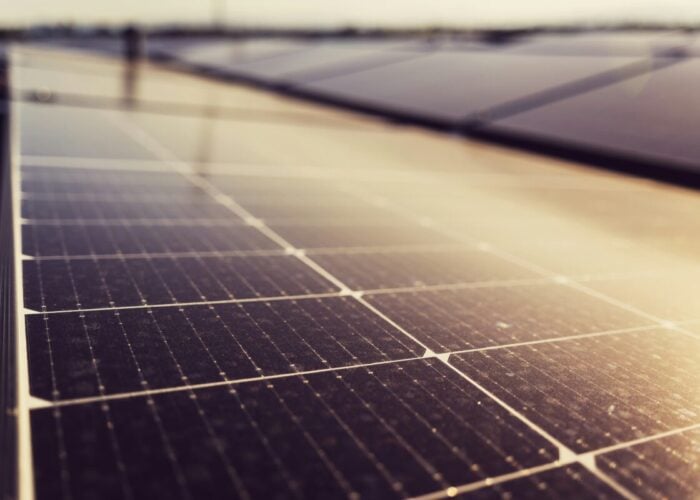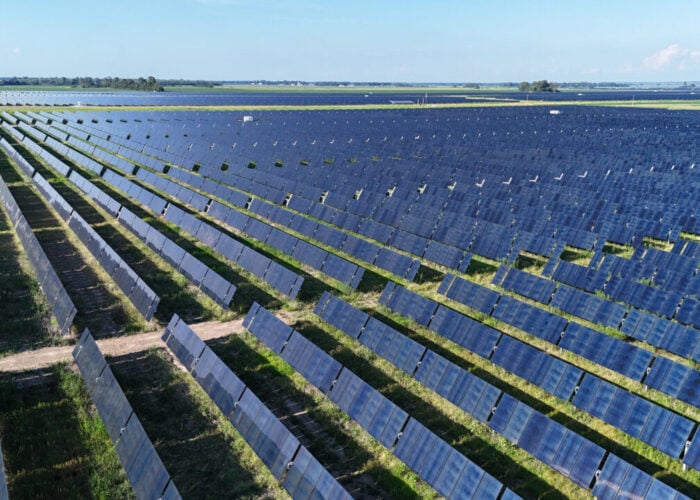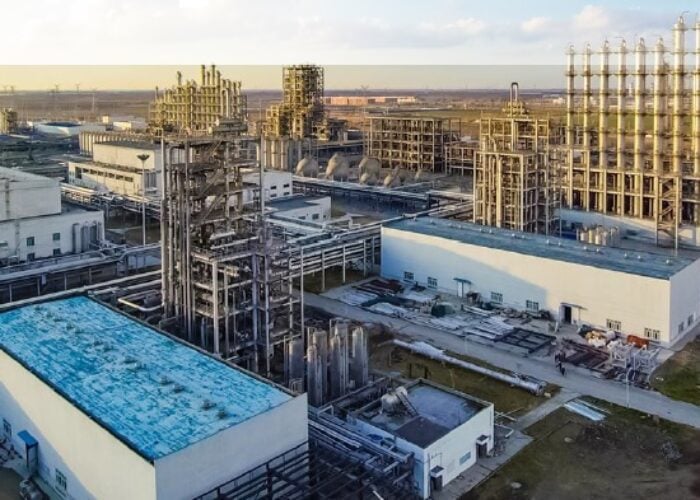The European Council has reached an agreement over the 2030 climate and energy policy framework.
The council has agreed a binding EU target of an at least 40% reduction in greenhouse gas emissions by 2030 compared to 1990 levels. This target will be delivered collectively by the EU, with all Member States involved in the effort.
Try Premium for just $1
- Full premium access for the first month at only $1
- Converts to an annual rate after 30 days unless cancelled
- Cancel anytime during the trial period
Premium Benefits
- Expert industry analysis and interviews
- Digital access to PV Tech Power journal
- Exclusive event discounts
Or get the full Premium subscription right away
Or continue reading this article for free
A renewables target of 27% has been met with a lukewarm response.
Commenting on the importance of the deal, outgoing EU climate action commissioner Connie Hedegaard said: ''[I am] very proud that the 28 EU leaders, despite economic uncertainty and other severe international crises, were able to get their act together on this pressing climate challenge. A binding 40% CO2 reduction effort domestically in Europe is not an easy task. It can only be achieved through a major transformation in all parts of the society. That is why the EU leaders' decision to adopt the Commission's proposal is an ambitious and important step forward.”
The EU target for at least a 27% mix of renewable energy by 2030 will be binding at an EU level only. However, a number of renewable energy bodies felt that the commission could have been more ambitious with its renewable targets. Frauke Thies, policy director at the European Photovoltaic Industry Association (EPIA) said: “The renewables target is a very small step to support the enormous potential that solar and other renewables represent. It is still an important signal of political resolve to overcome the existing market barriers and the adverse national political contexts where some Member States have implemented retroactive measures for renewables.”
The EU has also set “an indicative target at the EU level of at least 27% for improving energy efficiency in 2030”. Hedegaard admitted that the agreed target fell short of the commission’s ambition for energy efficiency.
The EU hopes that its “ambitious” 2030 deal will set the tone for next year’s Paris 2015 agreement which will see the world’s first global climate change agreement negotiated that calls for action from all countries, rich and poor. Hedegaard commented: “This deal is important not only to Europe and the Europeans, but also to the rest of the world. We have sent a strong signal to other big economies and all other countries: we have done our homework, now we urge you to follow Europe's example.”
Hedegaard concluded: “The direction towards 2030 has been set. States, regions, municipalities, businesses, investors and citizens now all know where we are heading. This is a very good day for Europe's climate politics.''






